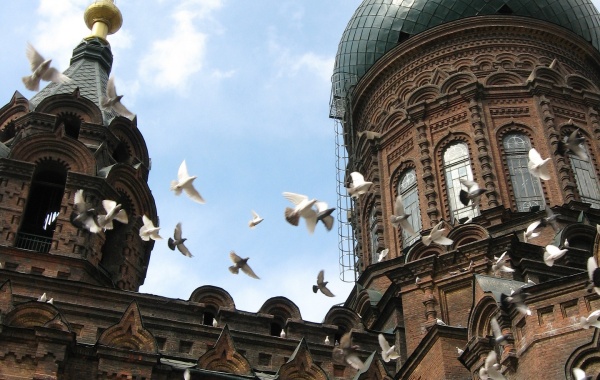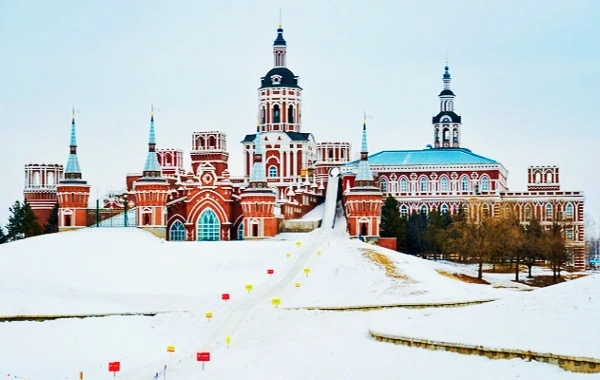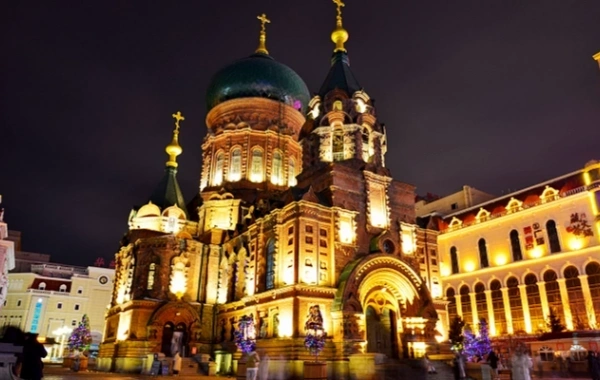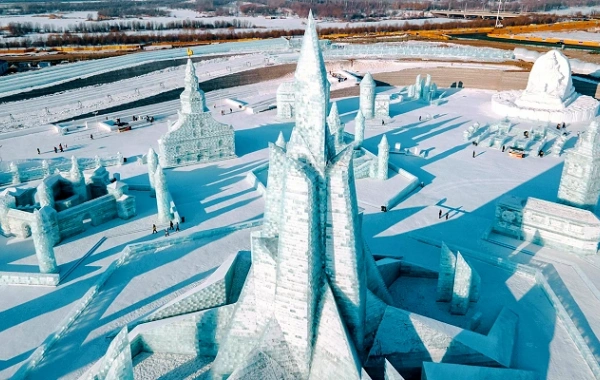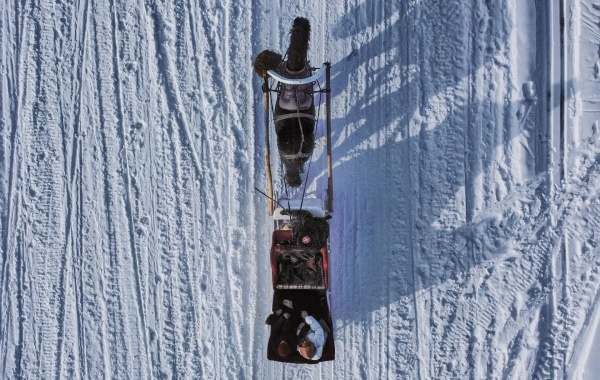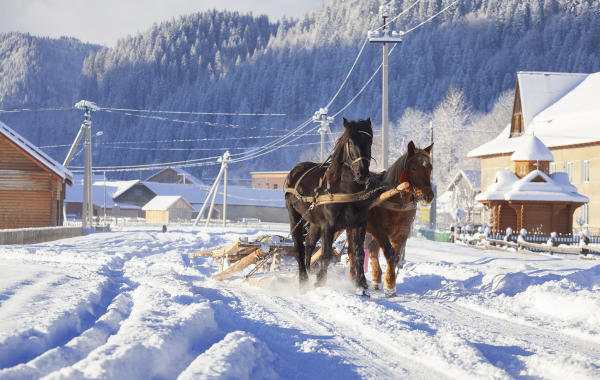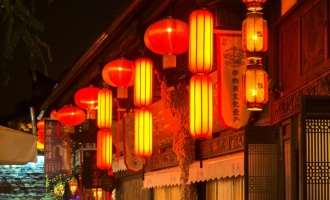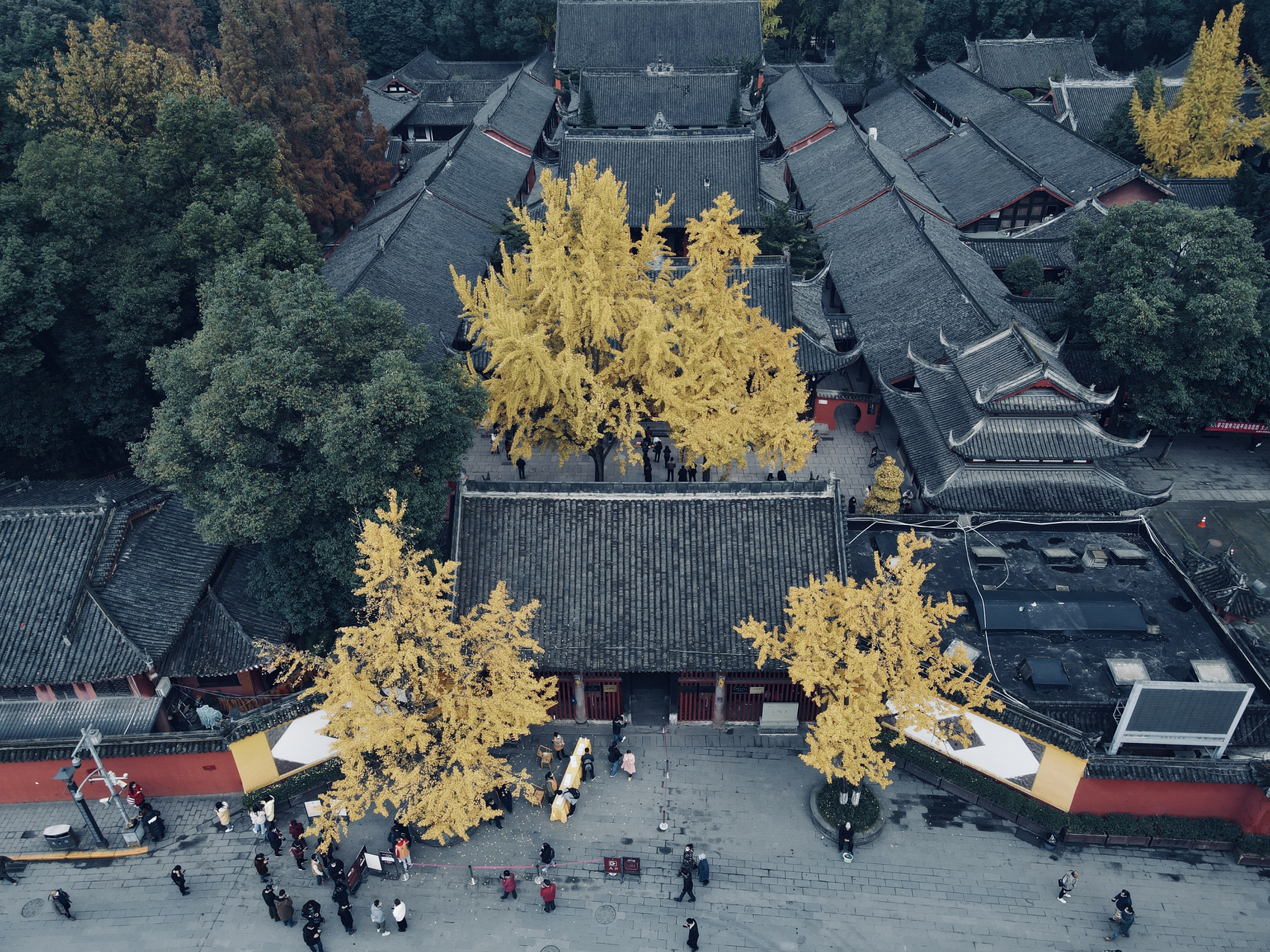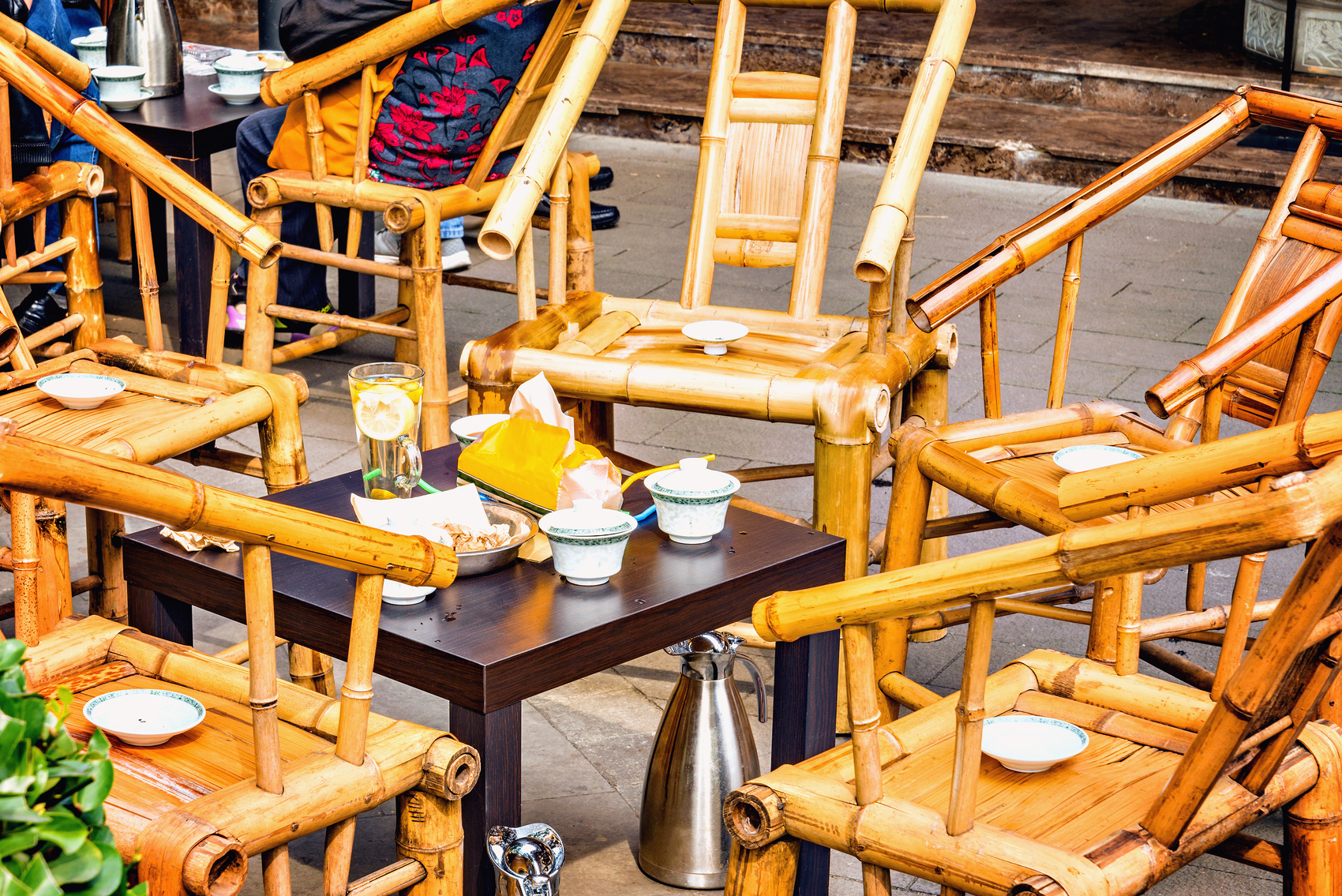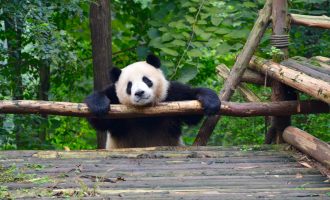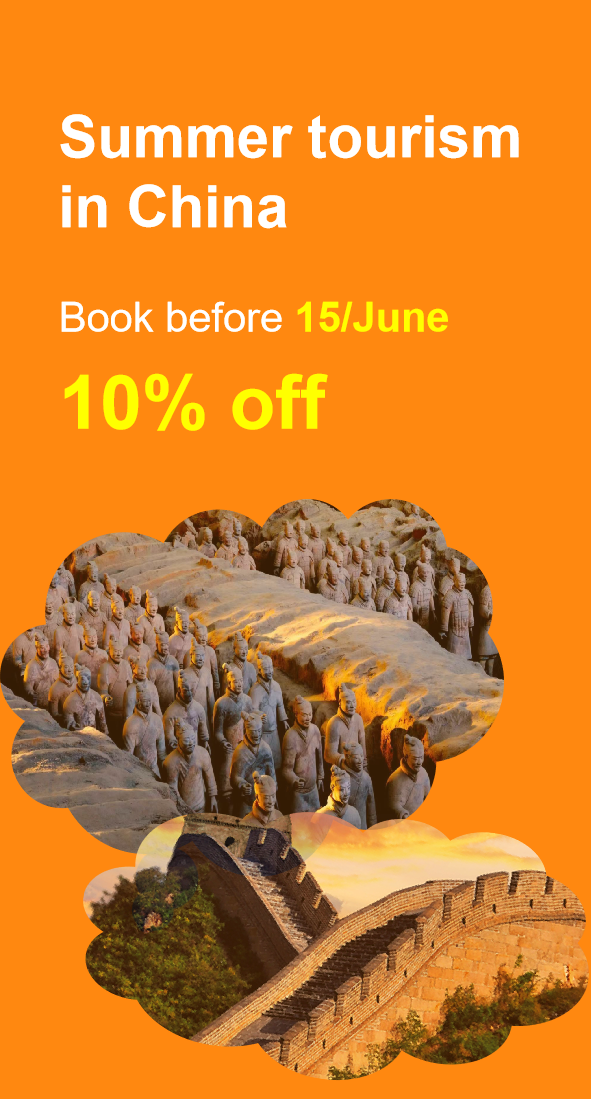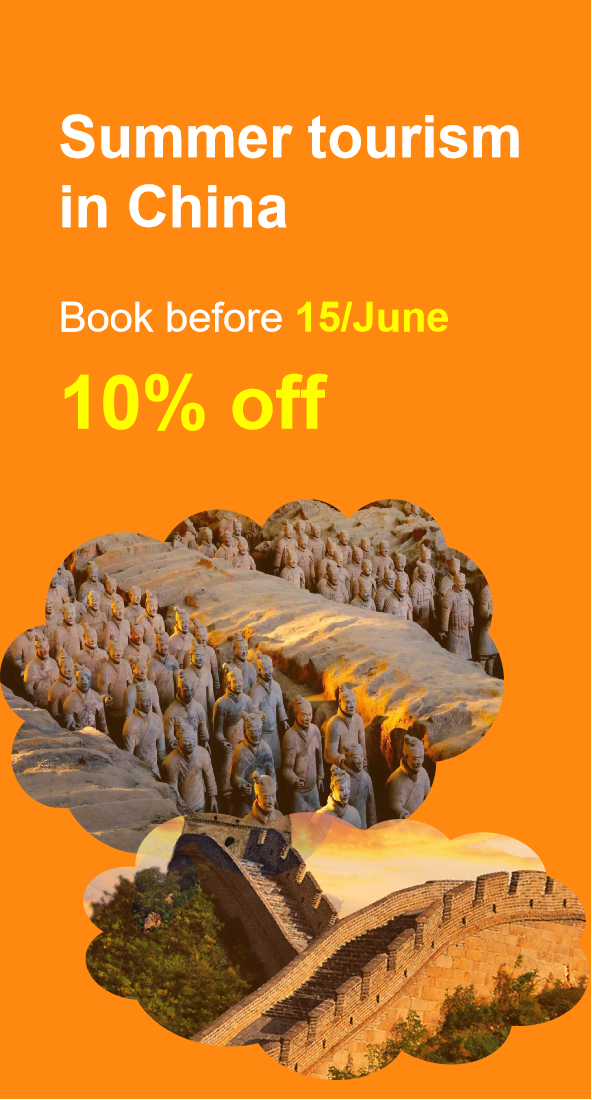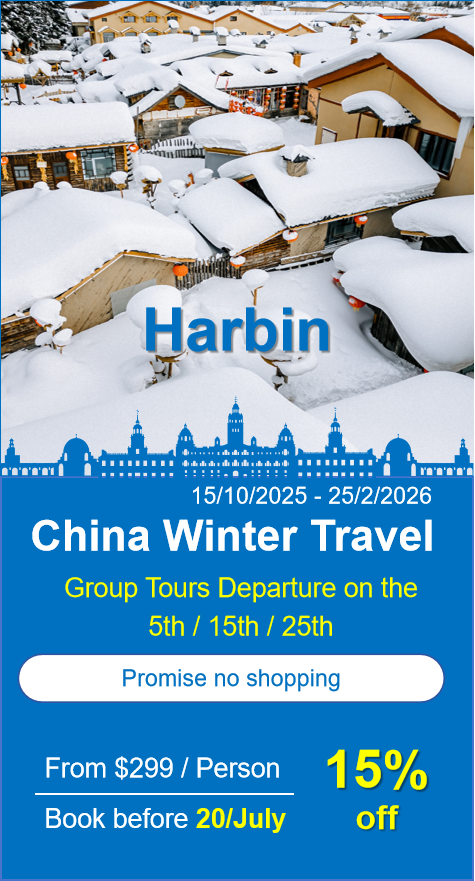Dawn breaks over Harbin, where the Songhua River lies locked under ice thicker than history. Your breath crystallizes mid-air as you enter a city sculpted from winter’s bones. Gothic spires and onion domes — relics of Russian dreams — wear beards of frost. At Saint Sophia Cathedral, snowflakes swirl like ghosts through crimson-brick arches. But the true marvel ignites at dusk: Harbin Ice Festival. A kingdom carved from frozen fire, where towering pagodas glow with neon veins, and dragons chiseled from ice guard bridges slick with diamond dust. The cold bites, sharp and pure, while steam rises from dumpling stalls selling guotie kissed by frying pans. Sleighs glide past ice mazes; laughter echoes brittle as breaking icicles.
Then, a flight south. Frost melts into mist as Chengdu’s humid embrace envelops you. Gone are crystalline silences — here, the air thrums with cicadas and chili-laced promise. Jinli Ancient Street unfurls: red lanterns sway above bubbling cauldrons of mala hotpot, where numbing peppercorns dance with tongue-scorching oil. In People’s Park, beneath banyan trees heavy with centuries, locals sip jasmine tea as mahjong tiles clack-clack like bamboo rain. Time slows. Even the Giant Pandas at Chengdu Base move with meditative slowness, cubs tumbling in bamboo groves like living ink blots on emerald silk.
By night, contrast deepens. Harbin’s frozen river mirrors electric blue constellations; Chengdu’s alleys pulse with neon and the sizzle of chuan’r skewers. You taste the duality: Harbin’s vodka warmth in your throat, Chengdu’s mapo tofu burning through your veins. Six days — a pendulum swing between winter’s cathedral and Sichuan’s fever-dream garden. You leave with frost lingering in your memories and Sichuan pepper still humming on your lips.


